The Most Important Patterns at a Glance
Welcome to our fashion pattern glossary! Here you’ll find a comprehensive collection of fabric patterns that play a significant role in the world of fashion. From floral prints and geometric designs to classic checks – our glossary provides a detailed overview of the most popular pattern types and their applications. Whether you’re a fashion professional or a hobbyist tailor, our pattern glossary will help you make the right choices for your garments and refine your designs.
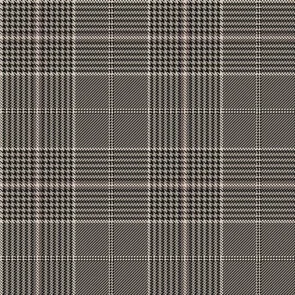
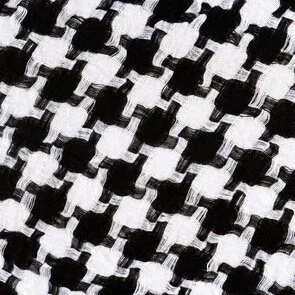
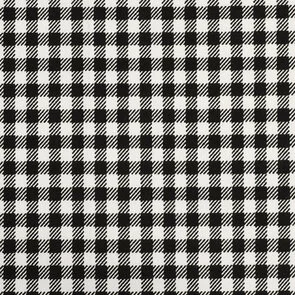
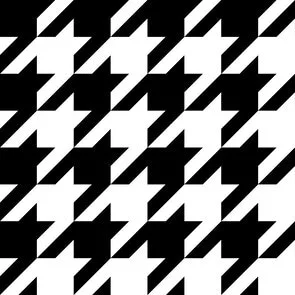
Glen Check
Glen check is one of the most popular check patterns and originates from the Scottish Highlands. Its name reflects its roots: glen = mountain valley, check = plaid. Glen check is characterized by variously sized checks or houndstooth patterns that align harmoniously into square formations. The different sizes of the boxes are clearly visible.
Houndstooth
Houndstooth is a two-tone textile pattern characterized by its broken checks and named for its resemblance to a rooster’s claw print. Also known as “houndstooth,” it is most commonly seen in black and white, though other colors are also possible. The distinctive feature of this print lies in the arrangement of the checks: unlike other check patterns such as Pepita, houndstooth is not diagonal but arranged at right angles. The corners are connected by small vertical and horizontal extensions at right angles.
Pepita
Pepita refers to small, usually black-and-white checks that are connected by stripes running at right angles or diagonally. The pattern appears finely checked (check size up to 1 cm) with vertical and horizontal emphasis, and upon closer inspection, it looks distinctly different from houndstooth.
Vichy
Vichy is a pattern that combines elements of both houndstooth and Pepita. In everyday language as well as in the fashion press, houndstooth and Vichy are often confused or used interchangeably. In Vichy, the extensions at the corners of the checks are diagonal rather than at right angles, as seen in houndstooth. Additionally, the pattern is not based on squares (as in houndstooth), but on diamonds.
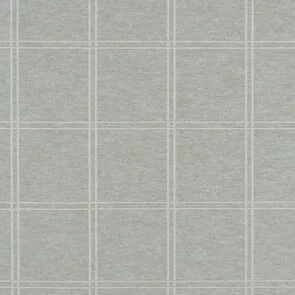
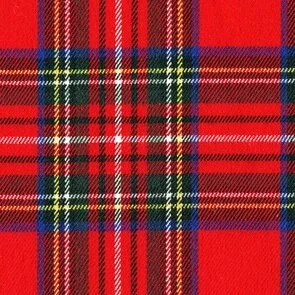
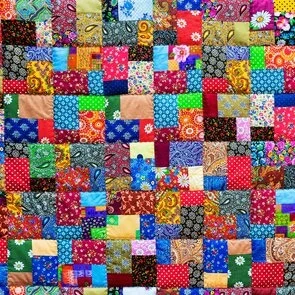
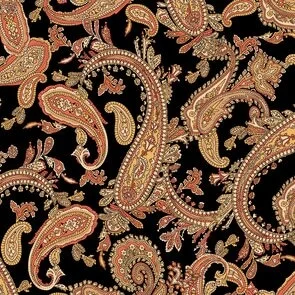
Windowpane
Windowpane checks are bold and almost resemble a graphic pattern. This print is characterized by straight, typically large-scale squares. Typically, two-tone yarns are used, though multicolored windowpane checks can also be real eye-catchers.
Tartan
Tartan is more commonly known as “plaid” or “Scottish check” in everyday language. This traditional Scottish pattern is characterized by multicolored, overlapping, and interwoven checks. Due to the weaving of different colored yarns, tartan appears much more colorful than other patterns. Its symmetrical arrangement ensures a harmonious look.
Patchwork
Patchwork refers to a fabric made by sewing together remnants of other textiles. By combining materials of different textures and colors, it creates a unique pattern that is sure to catch the eye.
Paisley
A paisley pattern features the basic shape of an abstracted leaf with a pointed, inward-curving end and a rounded tip.
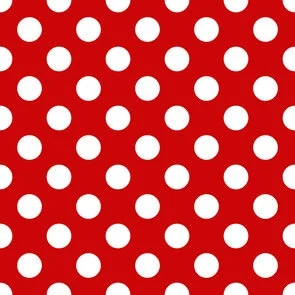
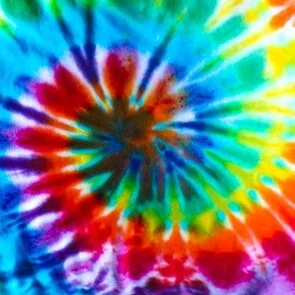
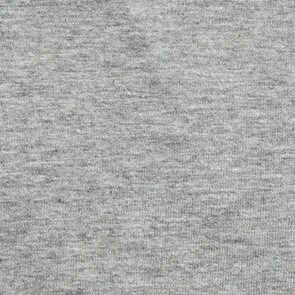
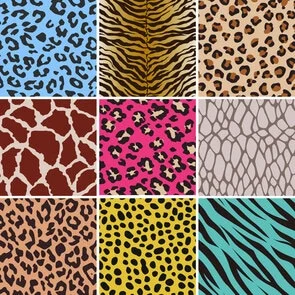
Polka Dots
The term “Polka Dots” refers to the classic dot pattern, typically featuring especially large dots. These dots are not arranged in a regular grid but are offset, making polka dots a striking feature on any garment. They turn every look into a real eye-catcher. There are various color combinations, with black-and-white being the most popular. However, colorful dots are a great way to show your fashion-forward style.
Batik
Batik refers to artistic color gradients that make each piece one of a kind. Especially popular in the colorful fashion eras of the 1970s and 1990s, batik patterns are still associated with summer and a feeling of lightness. Characteristic features of batik include large circles, stripes, or wavy patterns, usually created through fabric tying techniques. While blue, yellow, pink, and green dominate, more subtle versions in beige and white are also possible.
Melange
The word “Melange” is French and means “mixture.” In German, it typically refers to a visual blending effect of two or more colors. In the context of fashion, melange usually describes either melange yarn or the fabric made from it.
Animal Print
Animal prints broadly refer to any pattern that mimics animal (fur) markings. They imitate the coats of various animals—from zebra and leopard to tiger and crocodile. Animal prints are no longer limited to natural colors and often appear in bold or neon tones. In fashion, the rule here is: less is more!
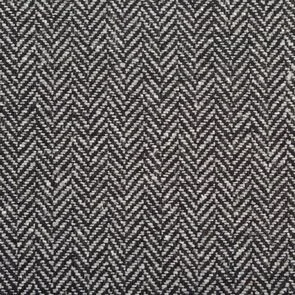
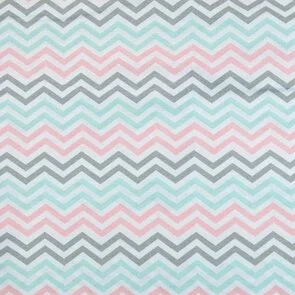
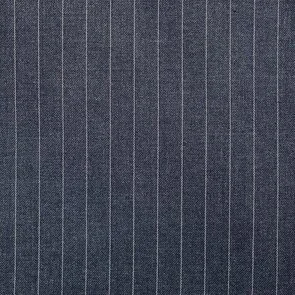
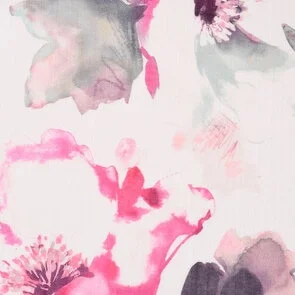
Herringbone
The herringbone pattern, known in German as “Fischgrät,” is a traditional design created through a specific weaving technique. It is formed by alternating the direction of the yarns, resulting in a distinctive zigzag pattern that resembles the bones of a fish laid side by side. Today, herringbone wool fabric is used in a variety of garments such as women’s blouses, shirts, dresses, and accessories. The print naturally conveys a classic feel, perfect for elegant and stylish looks.
Zigzag
The zigzag pattern consists of short straight segments joined at consistent angles. It is created through repeated mirroring of a line and also appears in braiding and weaving, making it one of the oldest known decorative patterns in human history. In fashion, there’s also the zigzag stitch, which can be machine-produced. Zigzag stitches are known for their elasticity, making them especially useful when sewing fabrics that are stressed in different directions.
Pinstripes
Pinstripes refer to a classic pattern where contrasting threads are woven into the base fabric, resulting in needle-thin vertical stripes. This pattern is especially common in business attire, most notably in the form of a pinstripe suit.
Watercolor
Watercolor patterns are inspired by the soft, flowing effects of watercolor painting. They feature gentle color transitions, blurred edges, and often abstract motifs that evoke a dreamy, artistic look. These patterns are particularly popular in spring and summer fashion, lending garments a light, airy, and creative feel.
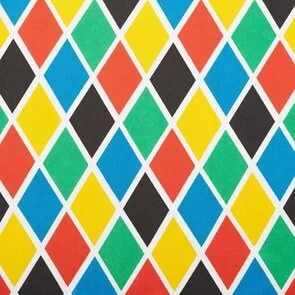
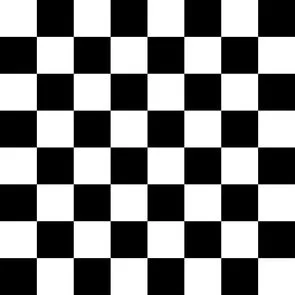
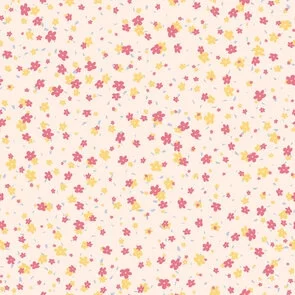
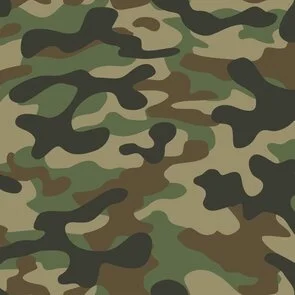
Argyle
An Argyle pattern consists of diamond-shaped, checkerboard-like blocks, typically with crisscrossed lines in a contrasting color. The overlapping motifs create a three-dimensional effect. The pattern originates from tartan and became popular after World War I, especially through Scottish knitwear favored by the fashionable elite for golfing. Today, it remains best known for its appearance on sweater vests and socks.
Checkerboard
A checkerboard pattern is a flat geometric design usually consisting of squares or diamonds in alternating colors. The simplest version features regularly repeating black and white or light and dark squares. Variations may use more than two colors or incorporate regularly repeating patterns of diamonds, triangles, or other shapes, which are considered generalized checkerboard patterns.
Millefleurs
The term Millefleurs (French for “thousand flowers”) refers to a design featuring many small, seemingly scattered blossoms densely arranged across the entire fabric as an all-over print. In German, the term “Streublümchen” or “Streublumen” is synonymous with “Millefleurs” in the context of fabric patterns.
Camouflage
Camouflage refers to a green-brown camouflage pattern primarily used by the military. The mottled design in earth and plant tones mimics natural vegetation. This protective effect makes units in combat harder to distinguish from their surroundings. The term comes from the French word “camouflage,” which means concealment or disguise. Camouflage entered the fashion scene in the 2000s and now appears on nearly every fashion item imaginable, from shoes to scarves. The rustic look is often paired with feminine contrasts like gold earrings. The original function of the camouflage pattern has completely reversed—now it signals trend awareness and a particularly laid-back style.

